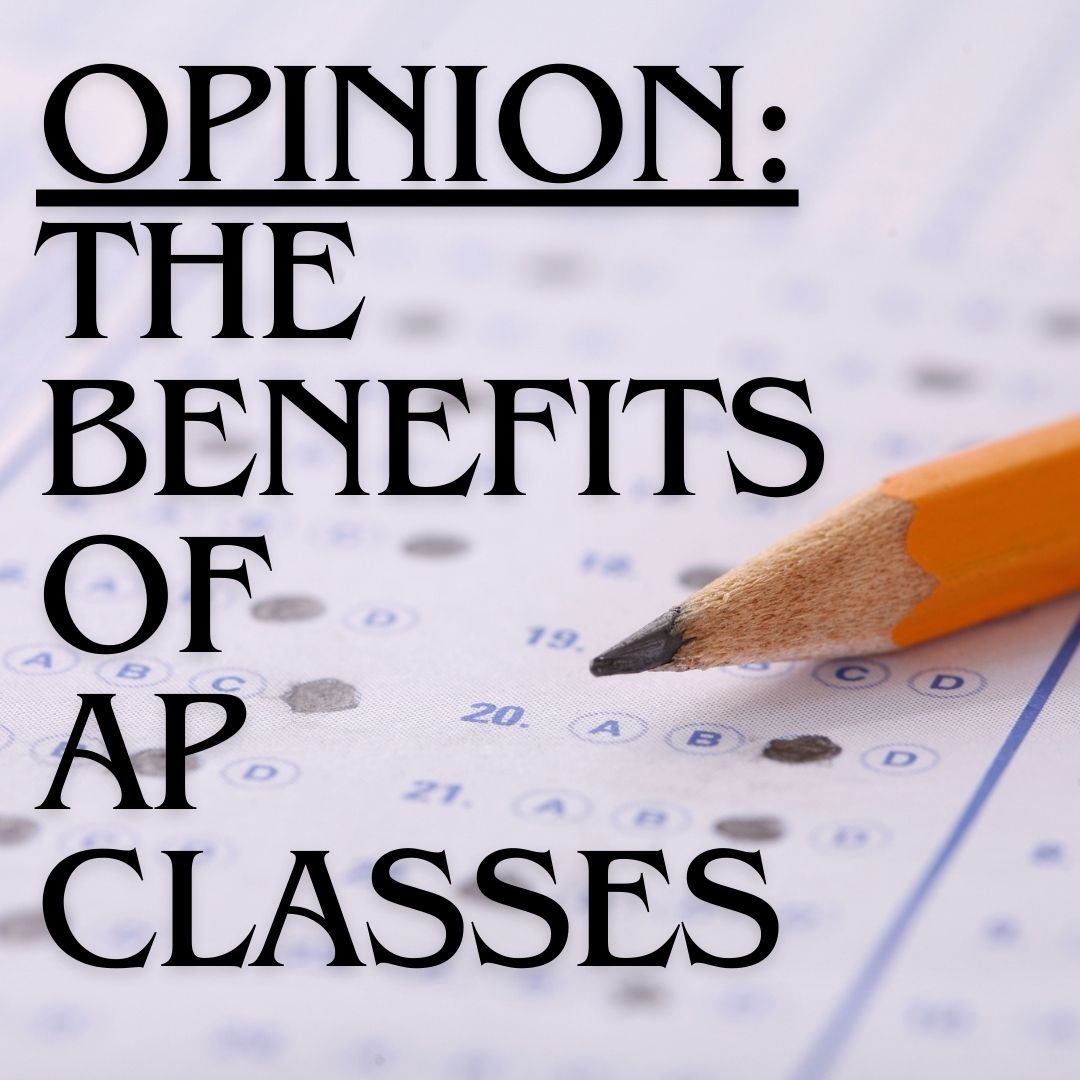Advanced Placement (AP) programs are the cornerstone of education in the United States. In 1955, AP programs were introduced to schools across the nation. AP programs were established to provide American students—from higher socio-economic classes—with college-level classes to compete with other nations during the Cold War, such as the Soviet Union. In 1991, after the Cold War, AP programs transformed to provide college-level courses to benefit all students across the nation. In the modern context, AP programs continue to benefit students, especially at OHS.
The development of AP programs is beneficial to students from the standpoint of academic success.
Students have long-term benefits from the academic success supplanted by AP programs. Paraphrased from Russell T. Warner’s Research on the Academic Benefits of the Advancement Placement Program: Taking Stock and Looking Forward, AP students are more prepared for college as opposed to non-AP students. In particular, AP students have greater academic success with standardized tests, and higher grade point averages (GPA) and graduate from high school and college at higher rates compared to non-AP students. In other words, AP programs support the academic success of students throughout high school and college.
AP programs also aid students throughout the college admission process. According to Staff Writer Ileana Narrajo’s article for Education Weekly, AP courses improve students’ college admissions. Narrajo said, “Research from NACAC has indicated that [students] in college-prep courses, which include AP… do in fact receive particular emphasis in the college admission process.” In synthesis, AP programs allow students to have academic success by strengthening post-secondary success and college admissions.
The correlation between the academic success of students and AP programs is apparent from the perspective of OHS staff members. OHS Counselor and AP Coordinator Ms. Sara Craig said, “The benefits of AP are that students prepare [themselves] for college-level coursework, improve [their] college admissions and receive college credit.” At OHS, AP programs promote the academic success of students as reinforced by research.
AP programs are further benefiting students across Minnesota.
According to the Minnesota Department of Education, 64,872 students across Minnesota took the AP assessment. Furthermore, 66 percent of the students received college credit from the AP tests. Moreover, the AP assessments provide students college credit to colleges and universities across the nation as opposed to post-secondary enrollment options (PSEO) courses, which only provide college credit that transfers to local colleges. Therefore, high rates of students across Minnesota are taking AP tests to gain universally transferable college credit surpassing the limitations of PSEO courses.
The phenomenon of taking AP courses for universally transferable college credits is predominant throughout the student body.
Throughout Senior Carter Hanson’s academic career at OHS, he has taken a multitude of AP assessments. Hanson plans to commit to an out-of-state college; thus, PSEO courses are not a viable option for him and isolates AP tests as an alternative to transfer college credits. However, Hanson noted that AP classes not only provide him an opportunity to transfer college credit to out-of-state colleges but also allow him to minimize the cost of college.
Hanson said, “It’s really a no-brainer, [college classes] cost thousands of dollars. [You] can take AP tests to gain college credit for fifty dollars, instead of spending thousands of dollars [in college] for the same class.”
AP tests do help Minnesota students to reduce the cost of college. According to Bernicke Wealth Management, AP tests can save students from spending $8,450 – $16,900 for college courses at four-year universities. From the student perspective, AP tests provide students with universally transferable college credits and reduce the financial burden of college tuition, which promotes the benefit of AP programs.
The benefits are leading to a substantial increase in students registering for AP classes.
At OHS, students are registering for AP classes, such as AP Statistics and AP US History to prepare for college. Furthermore, junior Erin Baker is a student who is registering for AP classes to prepare herself for college-level classes and receive college credit. She said, “During my freshman and sophomore years, I took enriched classes preparing me for AP courses. Now that I’m able to take AP courses, I can continue to increase my learning level and benefit from receiving college credit.”
In both particular cases, AP programs provide students with academic success and access to universally transferable college credit, which benefits students across the state of Minnesota. Moreover, the benefits of AP programs are reflected in the student body at OHS; the hope is that students continue to have a substantial interest in registering and benefiting from AP courses.


